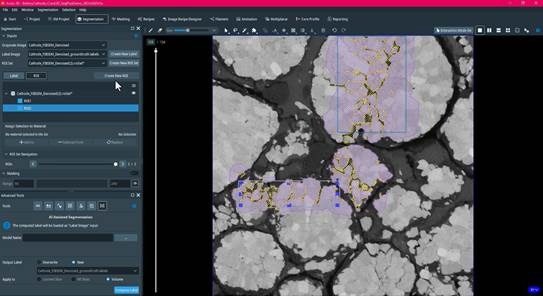Artificial Amber Utilizes DNA For Long-Term Data Storage
DNA represents an exceptionally dense data storage medium beyond current human design capabilities. However, its fragility poses a challenge. To address this, scientists have drawn inspiration from nature and developed artificial amber. This innovation aims to safeguard DNA-stored data over the long term. Nature's remarkable efficiency is evident: a mere gram of DNA can accommodate up to 215 petabytes (215 million GB) of data, enough to contain the entire internet in a small shoebox. Consequently, scientists are actively researching methods to encode, retrieve, and ensure the preservation of data written onto DNA.

Figure 1. Nature's Timeless Vault: Amber Preserves DNA Across Species
Figure 1 show Nature's Timeless Vault: Amber Preserves DNA Across Species. Researchers at MIT have developed a novel form of artificial amber capable of safeguarding DNA over extended periods while facilitating easy data retrieval when necessary. This material, termed a thermoset, consists of polymers that transition into a solid glassy state upon heating but can be selectively degraded upon exposure to specific chemicals.
The precise combination of monomers is engineered to encapsulate DNA into spherical complexes at the core, surrounded by a hydrophobic layer that shields against moisture, a known threat to DNA integrity. Following this encapsulation process, the mixture is heated to solidify into a glass-like block, effectively preserving the DNA-encoded data securely within.
When it comes time to retrieve the stored data, the artificial amber material is treated with cysteamine, a molecule that breaks down the bonds within the thermoset structure. This process reduces the material into smaller pieces. Subsequently, a detergent named SDS is introduced to safely extract the DNA without causing damage. Playfully named Thermoset-REinforced Xeropreservation (T-REX), this technique was successfully demonstrated by MIT researchers in storing DNA sequences of various lengths, even at high temperatures up to 75 °C (167 °F).
The initial sequences stored included the Emancipation Proclamation, the MIT logo, an entire human genome, and the iconic theme music from Jurassic Park. Upon retrieval and sequencing of the DNA, the team confirmed that no errors had been introduced during the process.James Banal, co-senior author of the study, highlighted, "Freezing DNA is the most effective but expensive method for preservation, and it lacks scalability."
He believes their new preservation approach could revolutionize the storage of digital information on DNA. Currently, the T-REX method requires a few hours to encode data onto DNA and embed it within the thermoset material, although the team anticipates optimizing this process for faster operation. However, this advancement is unlikely to lead to consumer-grade DNA-based hard drives for computers. Instead, artificial amber presents a promising solution for long-term archival storage of data.
Source: NEW ATLAS
Cite this article:
Janani R (2024), Artificial Amber Utilizes DNA For Long-Term Data Storage, AnaTechMaz, pp.91















